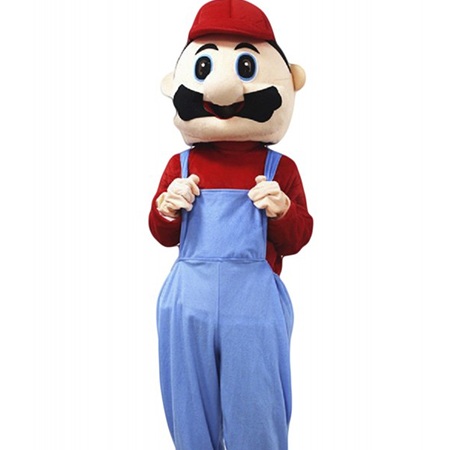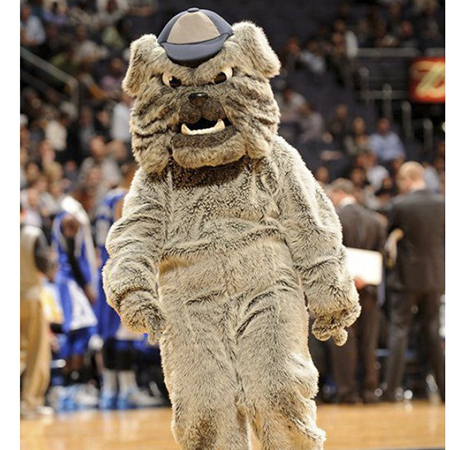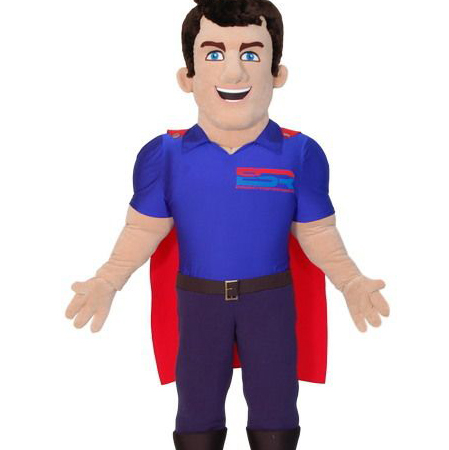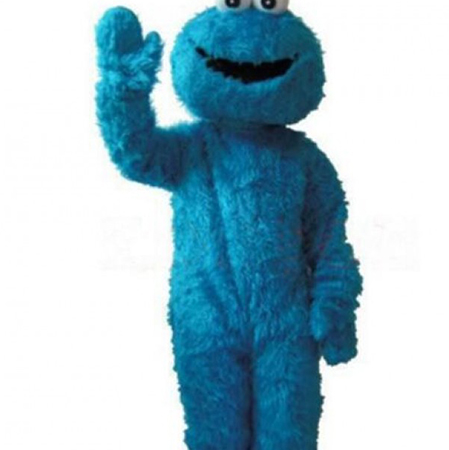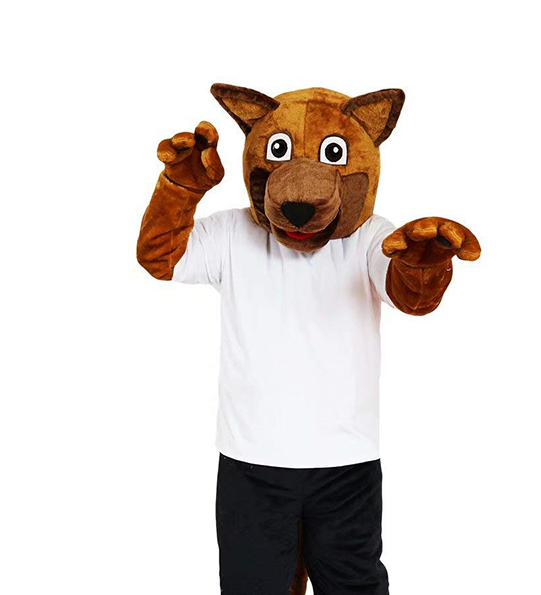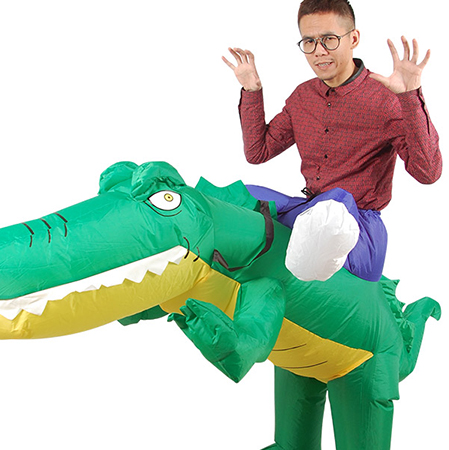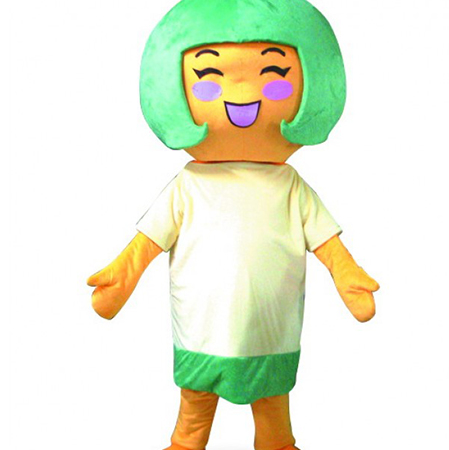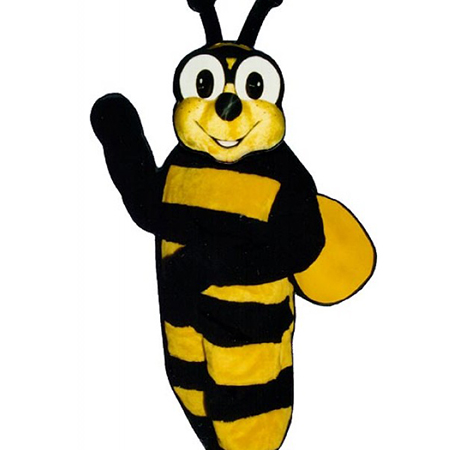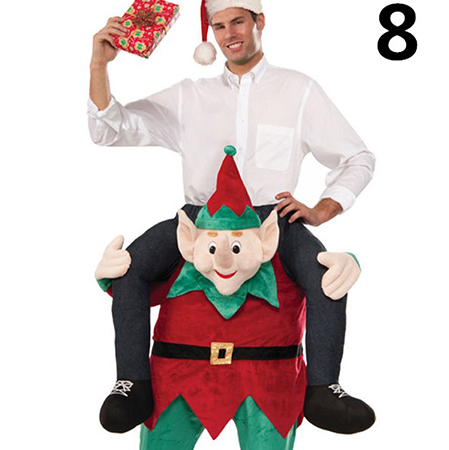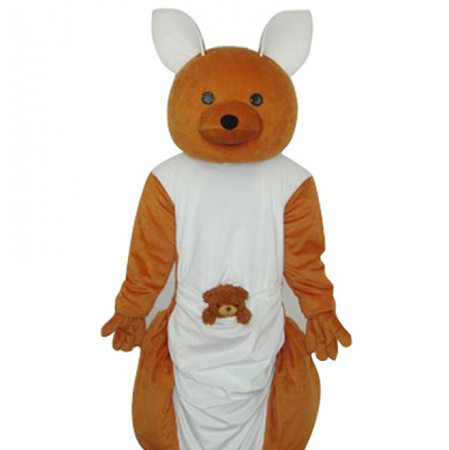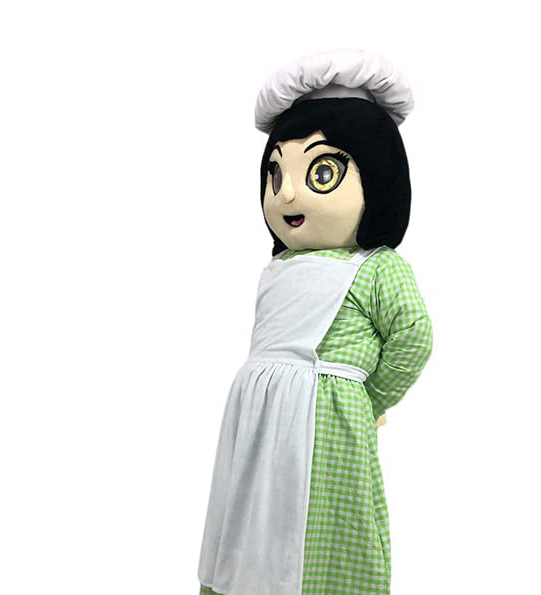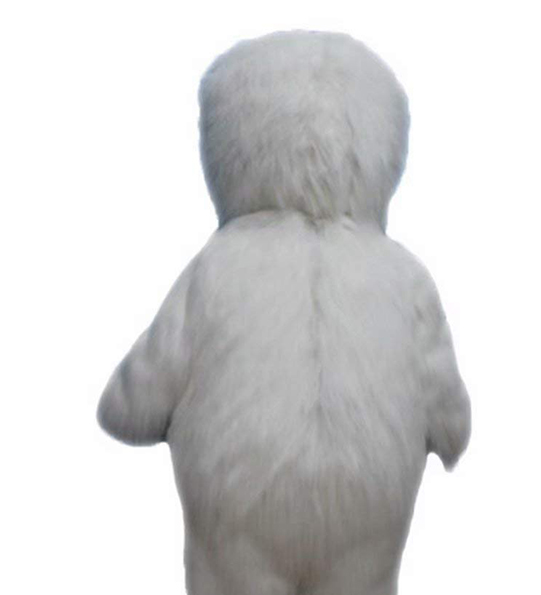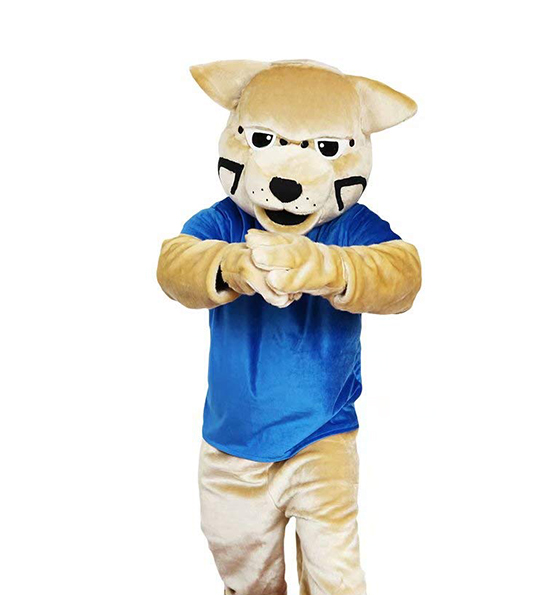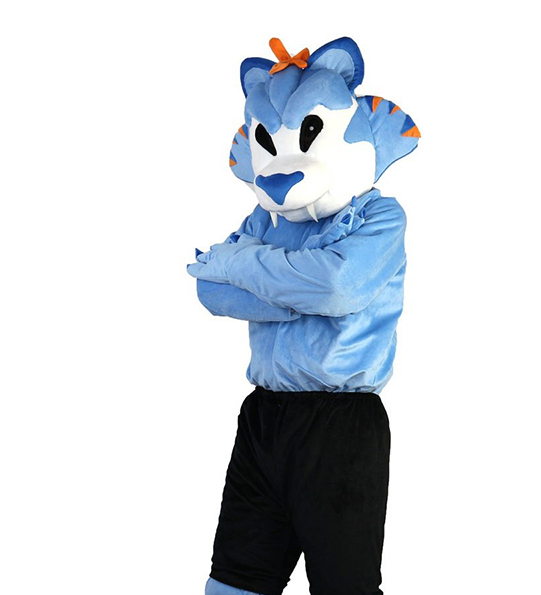Mascot Emotions: Communicating Without Words
Mascots bridge the gap between language and emotion, embodying universal feelings through exaggerated expressions and gestures. In sports, they foster community and belonging, amplifying fan energy and sharing in both victory and defeat. Corporate mascots enhance brand identity and customer engagement by embodying company values through playful interactions. They remind us of our shared humanity, celebrating diversity while uniting us under a common emotional umbrella, and teaching the power of unspoken communication. Ultimately, mascots enrich lives by expressing what words cannot, forming deep connections through silent understanding.
